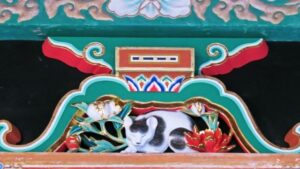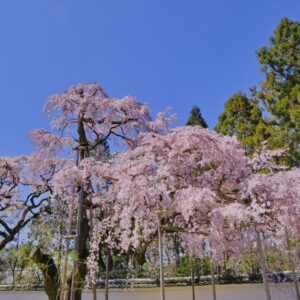Okazaki Castle, Hardship Made the Man: Tokugawa Ieyasu
Tokugawa Ieyasu (1543-1616, 徳川家康) was separated from his mother at the age of 3, became a hostage of Oda Nobuhide, father of Oda Nobunaga (1534-1582, 織田信長) at the age of 6, lost his father at the age of 8, then became a hostage of the Imagawa Yoshimoto (1519-1560, 今川義元). In total, he spent about 14 years as a hostage. Even in the Warring States period (1467-1590), it is fair to say that no one else had to endure such hardships. However, Ieyasu, became shogun despite his hardships and created the 260-year peaceful Edo period ruled by the Tokugawa shoguns (1603-1868), teaches us the importance of learning from hardships, i.e., "hardships make the man."
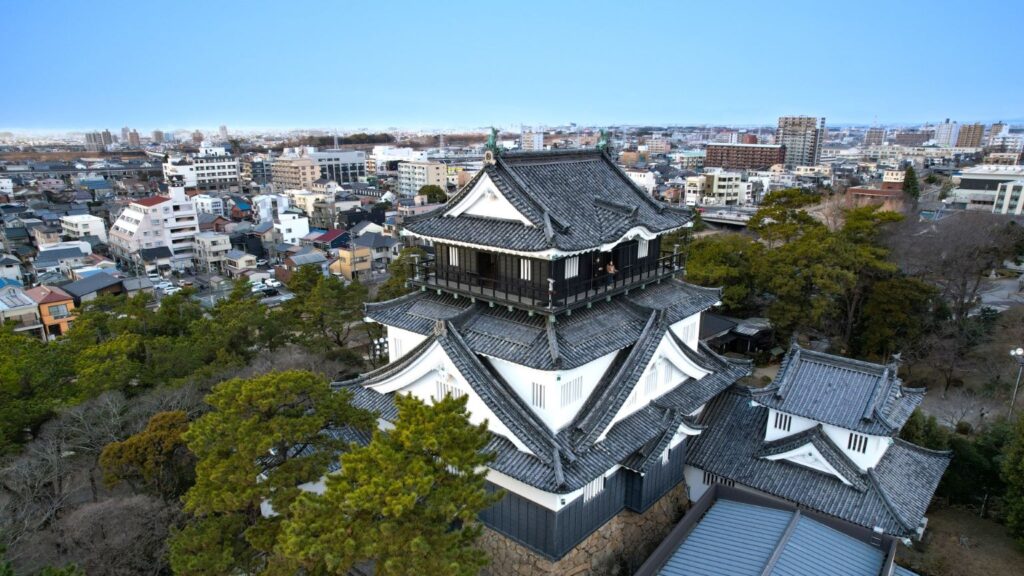
Ieyasu’s Life Started as a Hostage
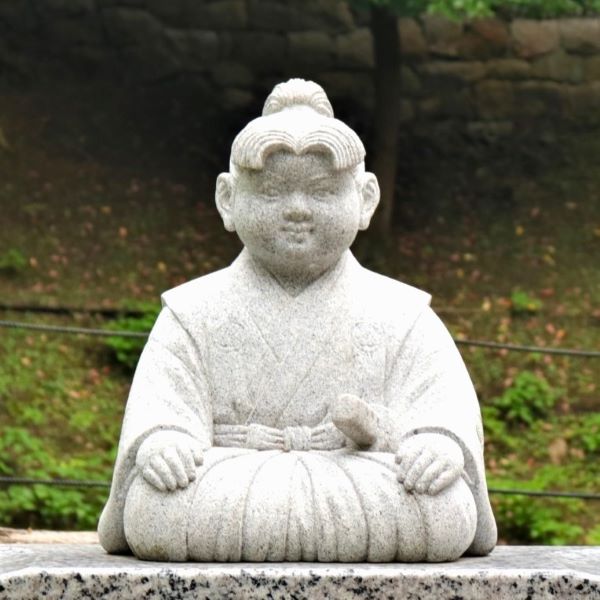
Ieyasu's grandfather was killed by his vassal accidentally, and his father succeeded the head of the Matsudaira family at only 10 years old at the time. The Matsudaira clan, or Ieyasu’s original family name, was rapidly weakening. Tokugawa Ieyasu was born in 1543 under these circumstances in Okazaki Castle. His father was 19 years old and his mother was 16. Following the customs of the Warring States period, the young Ieyasu was sent to the Imagawa clan as a hostage, relying on Imagawa Yoshimoto, the "greatest archer of Tokaido," or the most influential figure in the Tokai region. Ieyasu's fate was to be even worse. In 1547, as he journeyed to Imagawa's castle in Sunpu (Shizuoka), he was betrayed by his supposed guardian and delivered into the hands of the Oda clan instead of the Imagawa. Subsequently, he was placed under house arrest in Nagoya. Meanwhile, in 1549, Ieyasu's father met his end at the hands of a vassal. Ieyasu's fortunes shifted once more when he became a hostage of the Imagawa following a hostage exchange between the Imagawa and Oda clans. He remained a hostage until the age of 19.
Ieyasu Learned and Acquired the Art of Kingcraft
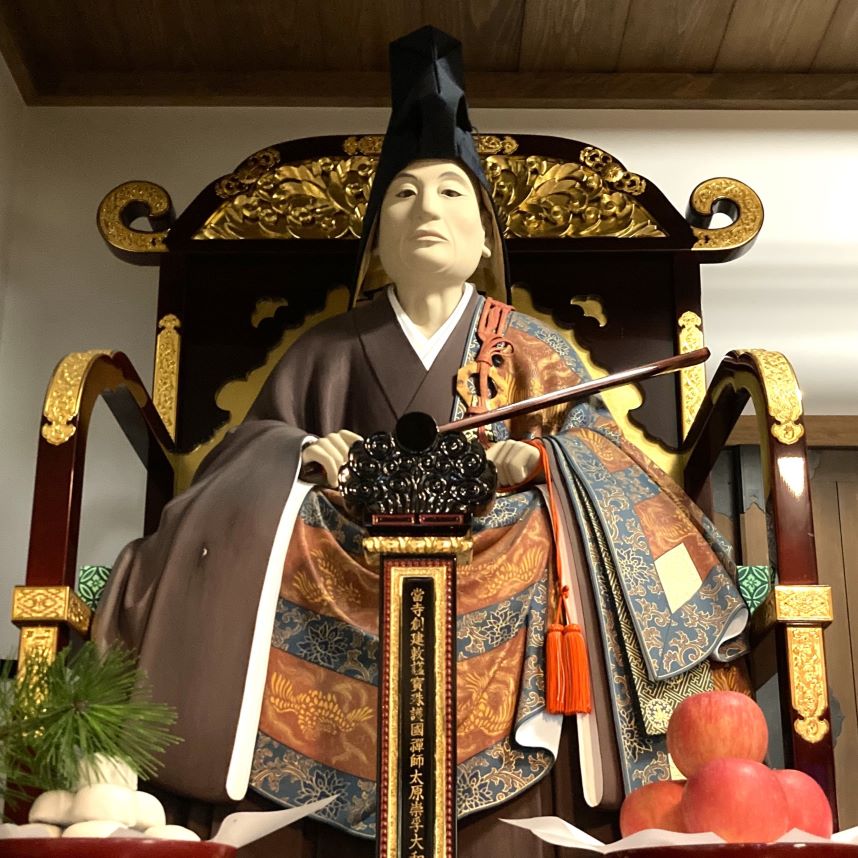
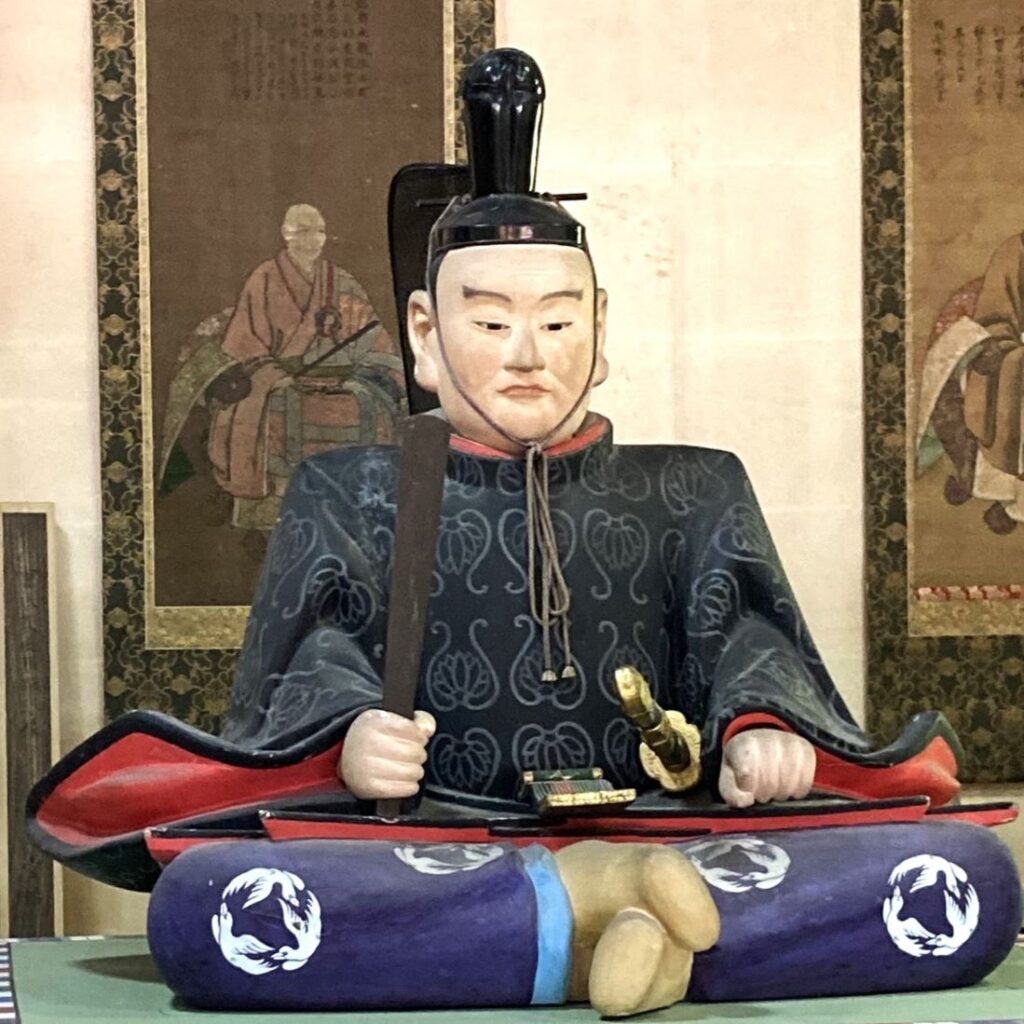
In contrast to the patient life of a hostage, recognized his abilities by Imagawa Yoshimoto, Ieyasu started the study under Ohara Sessai, a military strategist of the Imagawa clan. Yoshimoto hoped that Ieyasu would eventually become his son, Ujizane's right-hand man. Sessai, a Zen monk of the Rinzai sect, engaged Ieyasu in Zen riddles and instructed him in the Four Books and Five Classics, Sun Tzu's Art of War, Rikuto (strategy book like Machiavelli’s realism), and more. This period of intellectual growth fostered Ieyasu’s love of learning, and during his childhood and adolescence, he acquired the art of kingship. Ieyasu celebrated his coming of age in 1555 and the following year, he was allowed to visit his home, Okazaki Castle, for a while. There, he learned that his vassals had accumulated army funds and rice for the future war efforts while struggling without food. It is said that Ieyasu then realized that he was the lord of Okazaki Castle and vowed in his heart to be independent of Imagawa's hostage.
The End of Hostage Life & Recovered the Okazaki Castle Lord
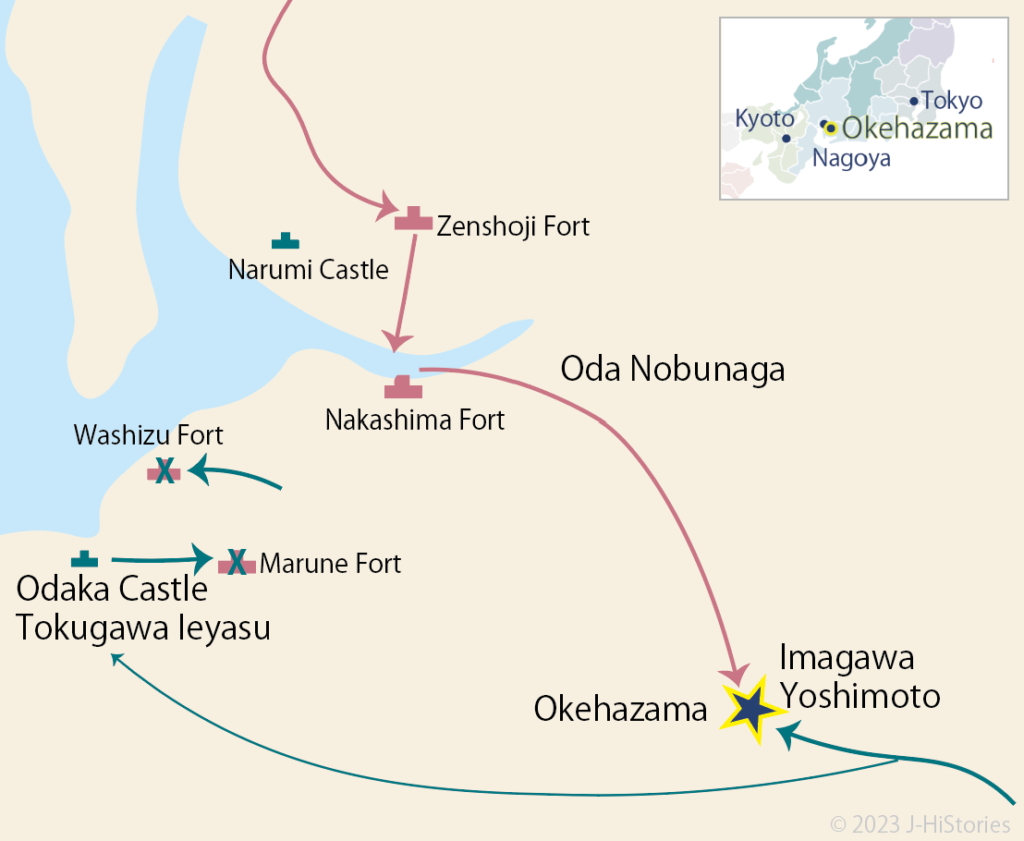
His life as a hostage came to an abrupt end. In 1560, Imagawa Yoshimoto led an army of 25,000 men to invade the fertile Owari domain. This led to a clash with the emerging warlord, Oda Nobunaga. As the spearhead of the invasion, Ieyasu managed to bring supplies to Imagawa's key castle of Odaka. Then came the shocking news that Yoshimoto had died! He was killed by Oda Nobunaga, who had only about 3,000 warriors. This was the famous Battle of Okehazama. Fearing Oda's pursuit, Ieyasu entered his family temple, Daijuji, instead of entering Okazaki Castle to wait for a while. What was he waiting for? He had been carefully observing the situation, including the Imagawa and Oda forces' next behavior. Sure enough, the Imagawa forces withdrew from Okazaki Castle and began to return to Sunpu. After that, Ieyasu entered Okazaki Castle with a single word: "If it is discarded, we will enter." Here, the return to Okazaki Castle was accomplished. After that, Ieyasu did not return to Sunpu where his wife and children were, nor did he join Nobunaga, but he continued to attack Nobunaga's Koromo Castle and Umegatsubo Castle and continued to pacify his western Mikawa region. Meanwhile, Ujizane, Yoshimoto's heir, placed the utmost importance on strengthening the alliance in the unprecedented crisis of his father's death and moved to support the Hojo clan whose territory bordered his own to the east. This was because Uesugi Kenshin of Niigata had launched an invasion of the Kanto region, where the Hojo clan was located. Ieyasu's actions are said to have been unexpected, even for Nobunaga, who showed remarkable judgment in returning to Okazaki Castle at the age of 17.
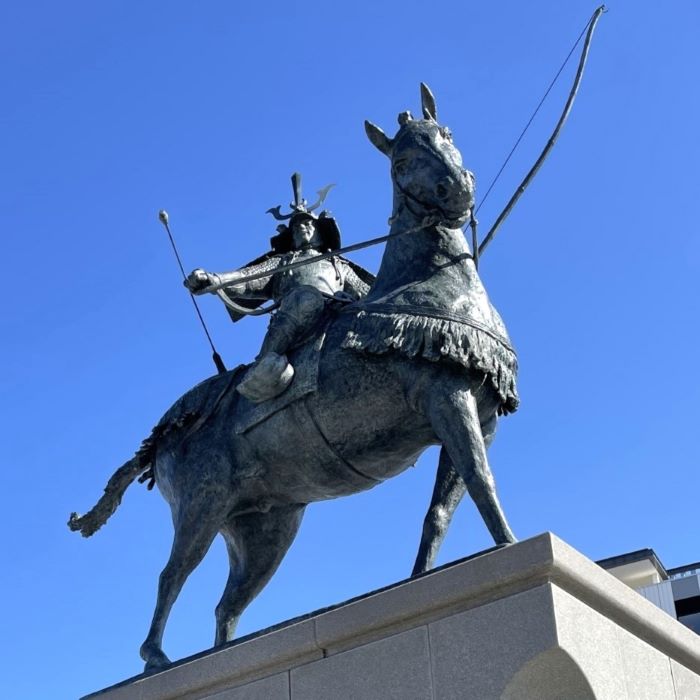
If one were to guess what was going on in Ieyasu's mind, would it be something like this?
- Considering the hardships and suffering of his vassals in Okazaki, he would like to return to Okazaki Castle as soon as possible and rebuild his country as the ruler of Okazaki. However, he had left his wife and children behind in Imagawa Castle, and they might be killed. He also owes a debt of gratitude to the Imagawa family for providing him with a talented education. Even so, Ujizane is surrounded by the most powerful warlords (Takeda Shingen to the north, Hojo Ujimasa to the east, Oda Nobunaga to the west, and Uesugi Kenshin in Niigata), and it is unknown whether the Imagawa family led by Ujizane will be able to survive in the future. If that's the case, shouldn't we make a better decision while gathering information rather than making an immediate decision? When several sides have no idea what the other is going to do, everyone will be filled with doubt and suspicion, and it should be a world of the rule of the jungle, where anything is possible. In this situation, it would be better to enter the Okazaki Castle.
Hardships Continued on Ieyasu

Ieyasu finally took his first step as the lord of Okazaki Castle, but the next challenge awaited him. A revolt within his domain. The Ikko revolt by followers of the Jodo Shinsu sect lasted more than a year, with Ieyasu's vassals siding with the rebels, and Ieyasu himself twice taking bullets to his armor. Eventually, a peace agreement was reached. However, Ieyasu destroyed the temples, forced the followers to change their religious beliefs, and expelled some of his vassals. In response to protests that the agreement was not what he had promised, Ieyasu said
Since it was like a field before, let it be like a field as before (Source: Mikawa Story).
Ieyasu, who was thoroughly trained in the study of the art of kingship, showed a cool-headed side, but he never wavered in his actions to achieve his goal of creating a peaceful world. After pacifying the revolt, Ieyasu began a full-scale invasion of the Imagawa domain in 1568. As a result of fierce battles with Imagawa Ujizane, Ieyasu finally took possession of Kakegawa Castle in 1569. The following year, 1570, Ieyasu left Okazaki Castle to his son and moved to Hamamatsu Castle, located in the center of the Mikawa and Totoomi regions. From here, the long journey to realize a peaceful nation continued.
Tokugawa Ieyasu Timeline
| 1467-1677 | Onin War started, triggering the Warring State Period | - |
| 1534 | Nobunaga was born in Owari province | - |
| 1537 | Hideyoshi was born in Nagoya | - |
| 1542 | Ieyasu was born in Okazaki province | 1 |
| 1547 | Ieyasu was sent to Imagawa’s Sunpu castle as a hostage by his father, but moved to Oda Family | 6 |
| 1549 | Ieyasu's father was killed | 8 |
| 1549 | Ieyasu was sent to Imagawa’s Sunpu castle as a hostage from Oda | 8 |
| 1555 | Ieyasu celebrated his coming of age and tentatively visited Okazaki Castle | 14 |
| 1560 | Nobunaga defeated Imagawa Yoshimoto at the battle of Okehazama | 19 |
| 1560 | Ieyasu entered Okazaki Castle | 19 |
| 1561 | Ieyasu made an alliance with Nobunaga | 20 |
| 1563-1564 | Mikawa Ikko riot | 22-23 |
| 1569 | Ieyasu conquered Imagawa's terittory | 28 |
| 1570/06 | Nobunaga & Ieyasu defeated the Asai and Asakura clans | 29 |
| 1570 | Ieyasu moved to Hamamatsu Castle from Okazaki Castle | 29 |
Recommendations to visit
- Access: 30 minitues from Meitetsu Nagoya Station to Higashi Okazaki Station. A 15-minute walk.

